A line which bisects a compound in two equal parts and both parts appear to be the mirror image of each other, such kind of symmetry is known as plane of symmetry
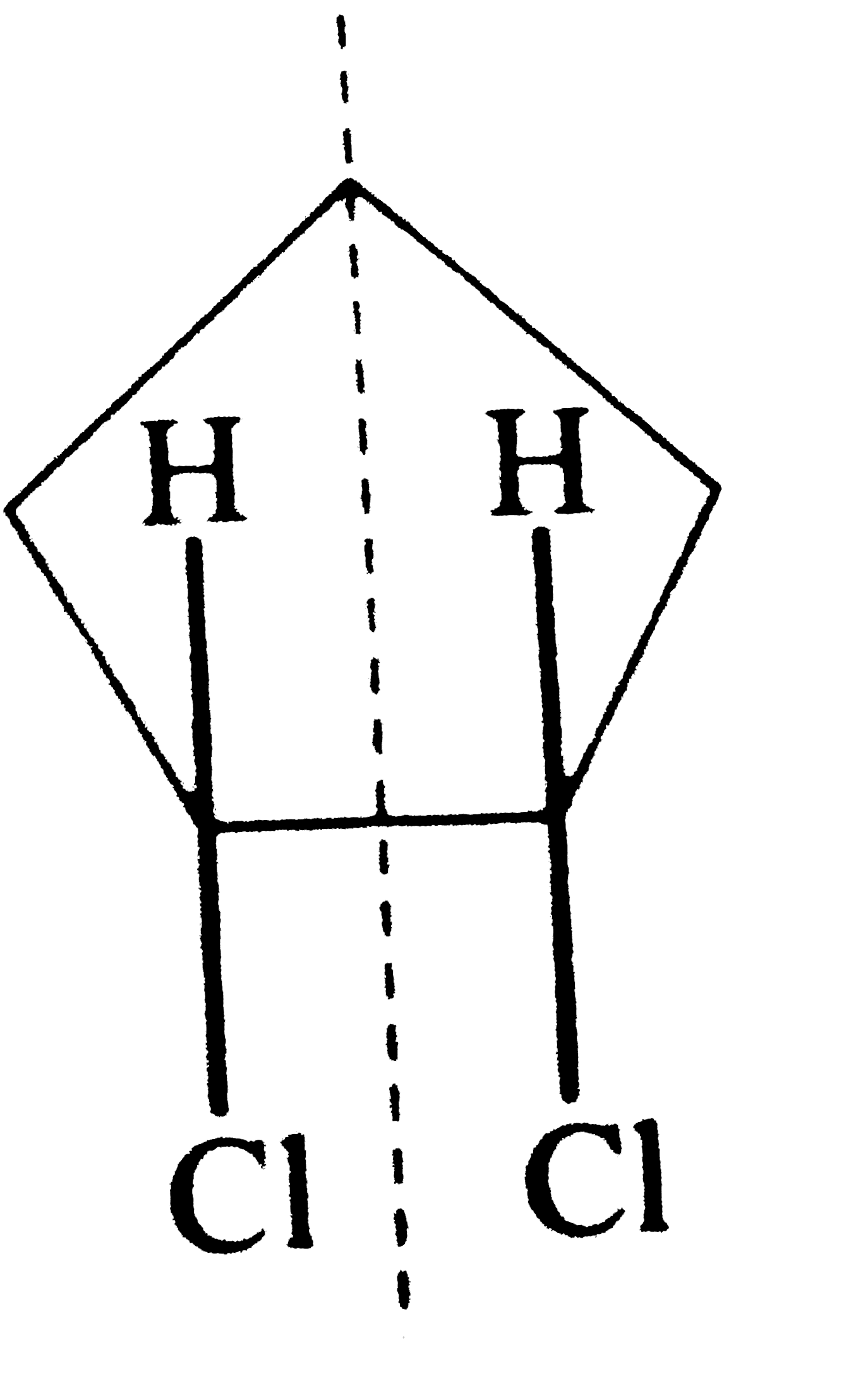
Any molecule that has a internald mirror palne of symmetry cannot be chiral, even thought it may contain asymmetric carbon atoms.
Which of the following compound optically active?




The correct Answer is:C
Step by step video, text & image solution for A line which bisects a compound in two equal parts and both parts appear to be the mirror image of each other, such kind of symmetry is known as plane of symmetry Any molecule that has a internald mirror palne of symmetry cannot be chiral, even thought it may contain asymmetric carbon atoms. Which of the following compound optically active? by Chemistry experts to help you in doubts & scoring excellent marks in Class 12 exams.
Updated on:21/07/2023Topper's Solved these Questions
- ISOMERISMBOOK - HIMANSHU PANDEYCHAPTER - ISOMERISMEXERCISE - Match The Column
5 Videos
- ISOMERISMBOOK - HIMANSHU PANDEYCHAPTER - ISOMERISMEXERCISE - Integer Answer Type Problems
12 Videos
- ISOMERISMBOOK - HIMANSHU PANDEYCHAPTER - ISOMERISMEXERCISE - More Than One Correct (Q.26 To Q.45)
20 Videos
- HALIDESBOOK - HIMANSHU PANDEYCHAPTER - HALIDESEXERCISE - Subjective Type Problems
10 Videos
- NOMENCLATUREBOOK - HIMANSHU PANDEYCHAPTER - NOMENCLATUREEXERCISE - Section Iv (Q.26 To Q.26)
1 Videos
Similar Questions
Presence of chiral center is not an essential condition to show optical isomerism. Essential condition is, compound should show non-superimposable mirror image.
Allenes do not contain chiral center but show optical isomerism when different groups are attached on double bonded carbonds.
Biphenyls alos show optical isomerism when both rings are perpendicular to each other and any ring should not contain plane of symmetry.
Which of the following compounds is optically inactive?
View SolutionAn organic compound having a carbon attached to four different group is optically actve, But is it that opposite is also true? That is, do all optically active organic compounds have chiral carbons? Not necessarily. Presence or absence of chiral centre is not the sufficiet criterion for optical activity. The ultimate criterion is presence or abosence of either plane or centre of symmtry. Two compounds which are non super im[osabble mirror images of each other are called enantiomers. If a compound contains more than one chiral carbon, new words are required to describe the relationship between various stereo isomers of the compounds. Those words are diastereomers and mesomers.

Which of the following statements is/are correct regarding the above compound.
View Solution
Knowledge Check
A line which bisects a compound in two equal parts and both parts appear to be the mirror image of each other, such kind of symmetry is known as plane of symmetry

Any molecule that has a internald mirror palne of symmetry cannot be chiral, even thought it may contain asymmetric carbon atoms.
Which of the following compounds is not chiral?A B
B C
C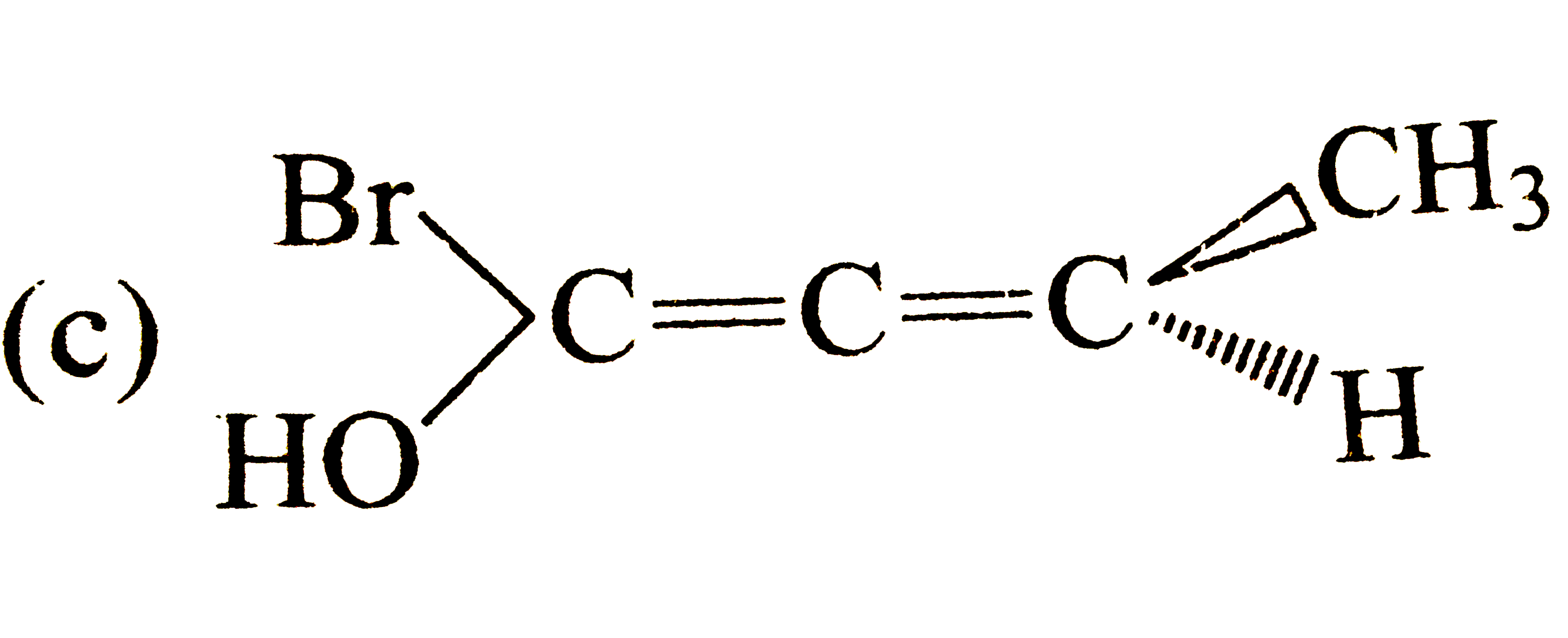 D
D
A line which bisects a compound in two equal parts and both parts appear to be the mirror image of each other, such kind of symmetry is known as plane of symmetry
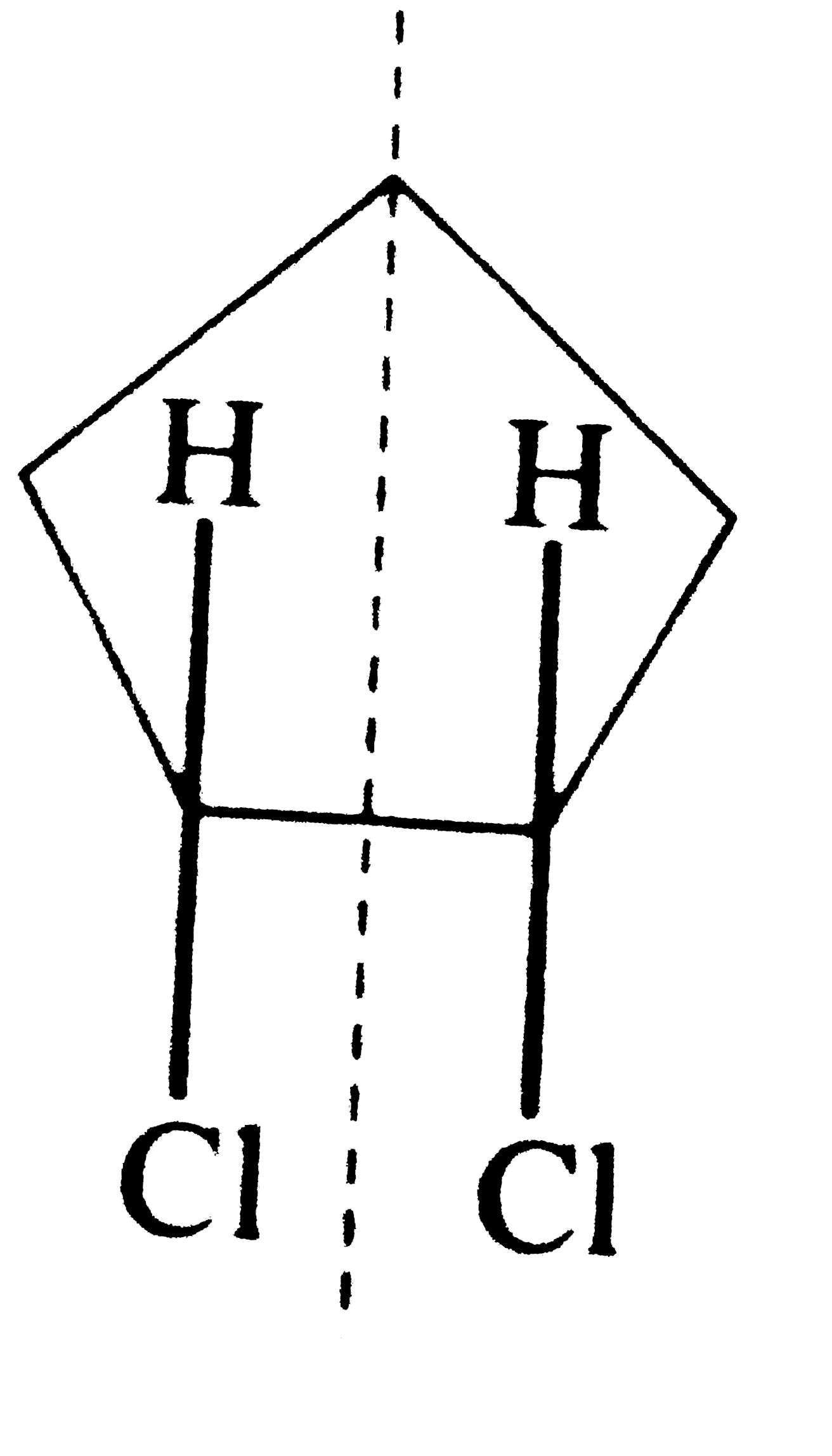
Any molecule that has a internald mirror palne of symmetry cannot be chiral, even thought it may contain asymmetric carbon atoms.
Which of the following compounds does not contain plane of symmetry?A B
B C
C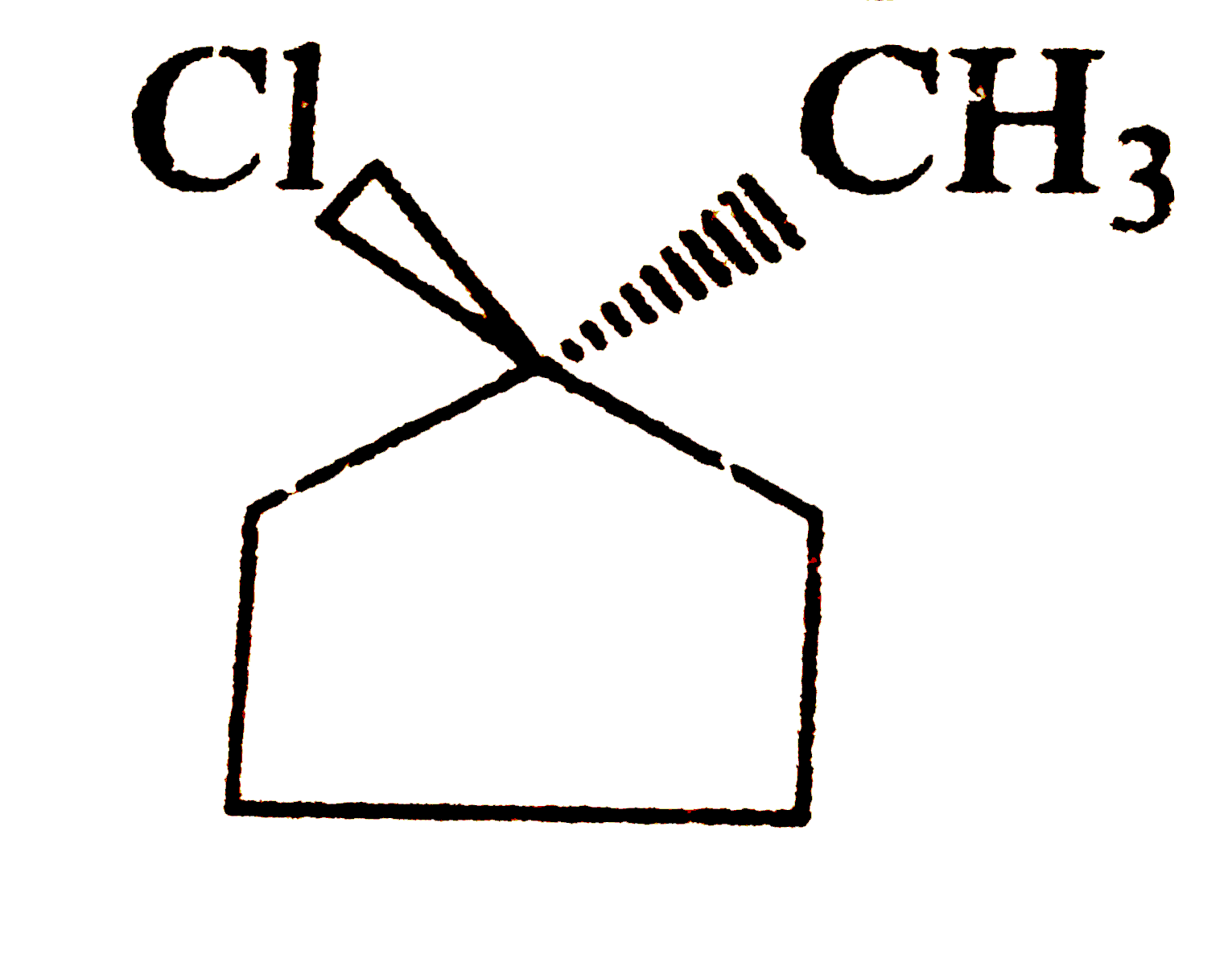 D
D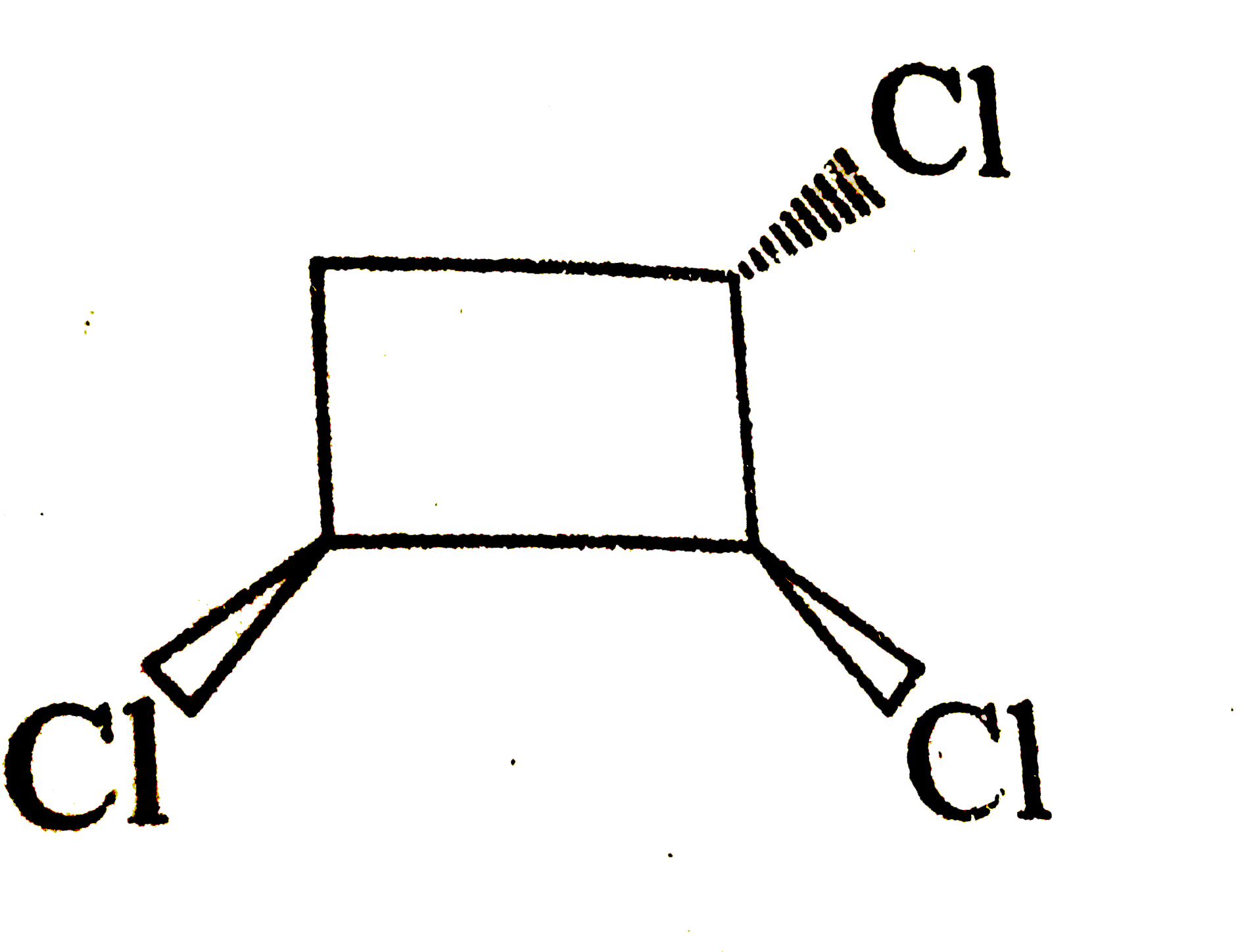
Presence of chiral center is not an essential condition to show optical isomerism. Essential condition is, compound should show non-superimposable mirror image.
Allenes do not contain chiral center but show optical isomerism when different groups are attached on double bonded carbonds.
Biphenyls alos show optical isomerism when both rings are perpendicular to each other and any ring should not contain plane of symmetry.
Which of the following biphenyl compounds is optically active?A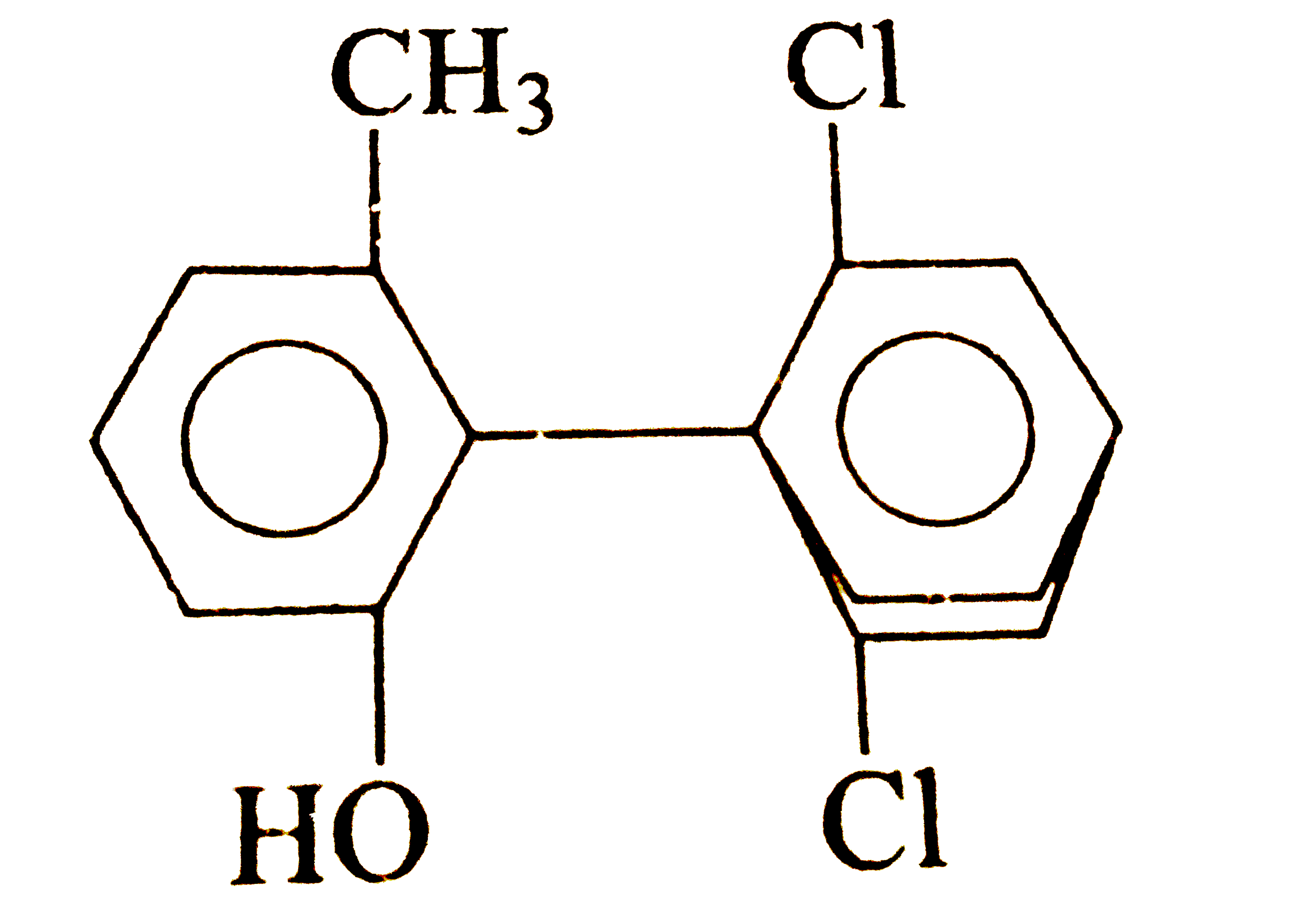 B
B C
C DAll are correct
DAll are correct
An organic compound having a carbon attached to four different group is optically actve, But is it that opposite is also true? That is, do all optically active organic compounds have chiral carbons? Not necessarily. Presence or absence of chiral centre is not the sufficiet criterion for optical activity. The ultimate criterion is presence or abosence of either plane or centre of symmtry. Two compounds which are non super im[osabble mirror images of each other are called enantiomers. If a compound contains more than one chiral carbon, new words are required to describe the relationship between various stereo isomers of the compounds. Those words are diastereomers and mesomers.
Which of the following form diastereomeric pair?

View SolutionAn organic compound having a carbon attached to four different group is optically actve, But is it that opposite is also true? That is, do all optically active organic compounds have chiral carbons? Not necessarily. Presence or absence of chiral centre is not the sufficiet criterion for optical activity. The ultimate criterion is presence or abosence of either plane or centre of symmtry. Two compounds which are non super im[osabble mirror images of each other are called enantiomers. If a compound contains more than one chiral carbon, new words are required to describe the relationship between various stereo isomers of the compounds. Those words are diastereomers and mesomers.
Optically active compounds among the following is
View SolutionAn organic compound having a carbon attached to four different group is optically actve, But is it that opposite is also true? That is, do all optically active organic compounds have chiral carbons? Not necessarily. Presence or absence of chiral centre is not the sufficiet criterion for optical activity. The ultimate criterion is presence or abosence of either plane or centre of symmtry. Two compounds which are non super im[osabble mirror images of each other are called enantiomers. If a compound contains more than one chiral carbon, new words are required to describe the relationship between various stereo isomers of the compounds. Those words are diastereomers and mesomers.
Optically active compounds among the following is/are

View SolutionStructural isomers have different covalent linkage of atoms.Steroisomers are compounds that have same sequence of covalent bonds but differ in the relative positions of their atoms in space.Geometrical and optical isomers are the two important types of configurational isomers.
The compound with double bonds or ring structure have restricated rotation.so exist in two geometrical forms.The double bonds in the larger rings (ring size 10 carbon or large) can also cause geometrical isomerism. The optical isomers rotate the plane of plane-polarised light.A sp3-hybridised carbon atom bearing four different types of substituents is called an asymmetric centre or chiral centre.A chiral object or molecule cannot be superimposed on its mirror image.Stereoisomers that are mirror images of each other are called enantiomers.The stereoisomers that are not mirror images of each other are called diastereomers.Diastereomers have different physical properties.
A racemic mixture is optically inactive and contains equal amount of both the enantiomers.Resolution refers to method of separating a racemic mixture into two pure enantiomers.A meso compound is an optically inactive stereoisomers, which is achiral due to the presence of an internal plane of symmetry within the molecule.
Observe the following reaction

Which statement is not correct about the above observation.
View SolutionAtomic orbitals of bonded atoms combine to form molecular orbitals. The number of molecular orbitals formed is equal to the number of atomic orbitals taking part in the bond formation. When two atomic orbitals combine, two molecular orbitals are formed one of which has lower energy than the combining orbitals and is called bonding Molecular Orbital (MO). Whereas the other having higher energy than the two combining atomic orbitals is called Anti Bonding Molecular orbitals (ABMO) The two combining atomic orbitals must have comparable energies and should be properly oriented to allow considerable overlapping. If the overlapping is end to end along internuclear axis, the molecular orbital is called sigma and if the overlapping is lateral 1.e., sidewise the molecular orbital is called pie. Just like atomic orbitals, the molecular orbitals also have varying energy levels. Filling of electrons in molecular orbitals takes place following the same rules as followed for filing of atomic orbitals. The order of filling may not be same for all the molecules or their ions. Bond order is a useful parameter for comparing the various characteristics of molecules.
Which of the following combinations is not allowed (assume z-axis as the internuclear axis ) ?
View Solution
